The last presentation by Rob Wallace at the Mid-States Conference was a science lesson aimed at the succulent/cactus grower. It reminded me of Dr. Neir’s Soil Science class at Texas A&I University (now Texas A&M University, Kingsville) way back last century when I was a student there.
Rob prefaced this talk, as he also mentioned in his other talks, by telling us that the information he would be sharing has come from his fifty years or so of growing cactus and thirty years of teaching botany, evolution, taxonomy, and other courses at the university level, and that he would present his opinions about the main topics he thinks cactus enthusiasts need to know and the questions he is most frequently asked. He hit on some of these topics in his other talks, especially the taxonomy that he covered in the extra presentation he did to fill in for the ailing Jackson Burkholder, so I won’t go into that again. But the other topics deserve your attention.
Succulent plants need light, something they are many times deprived of because people insist on putting them inside on a table in the middle of a dark room, and then they wonder why the plant doesn’t do well. That is my comment, by the way, since questions related to sunlight are asked of me all the time. But Rob’s last statement here that this topic- CAM plants- would require more time than he has for his talk is true, and I would encourage you to read up on CAM plants, which would explain more about light needs and the timing of watering your plants.
Roots were discussed, especially the need to keep root hairs alive and well. Root hairs take in many of the nutrients the plants need, and if they die and have to regenerate, it is hard on the plant to survive. To keep them healthy, they need water, but don’t need to be water-logged.
How well the root hairs and other roots absorb those nutrients depends on the pH of the water and type of soil they are planted in. Cactus prefer a slightly more acidic soil and water pH, so rain water and well water are much better than city water. A 6.5 pH is a good number. Adding a little vinegar to your water is one way to make the water more acidic.
Soil texture and particle size are important in allowing air to get to the roots and to keep the roots from being water-logged so they can take in those nutrients.
I believe sandy loam was mentioned as a good soil for succulent plants, but the main thing is to have soil that allows good drainage. Adding pumice, gravel, anything with a certain amount of rough texture to it, will help with drainage. Researching what kind of soil plants live where they are indigenous might be helpful here. since type of soil is one thing we have a certain amount of control over.
This is the last of the three talks from Rob Wallace that I wanted to share with you in a little more detail. As I mentioned in my first condensation of what he had to say, there is no way I could go into the detail and explanation that he did at the conference, but I hope some of this information will be helpful to you and encourage you to do more study on your own to really understand these topics and help you have healthy plants. I would remind you that the things we have some control over are: temperature-protecting them from freezing and too strong sunlight; when and how much we water them; the soil we grow them in, and the nutrients-think fertilizer-we make available to them.
So amaze your enemies and impress your friends with your beautiful plants as you take control and make improvements.
Have fun!
Thank you, Professor Wallace, for sharing your wealth of knowledge about cacti and succulents with all of us.

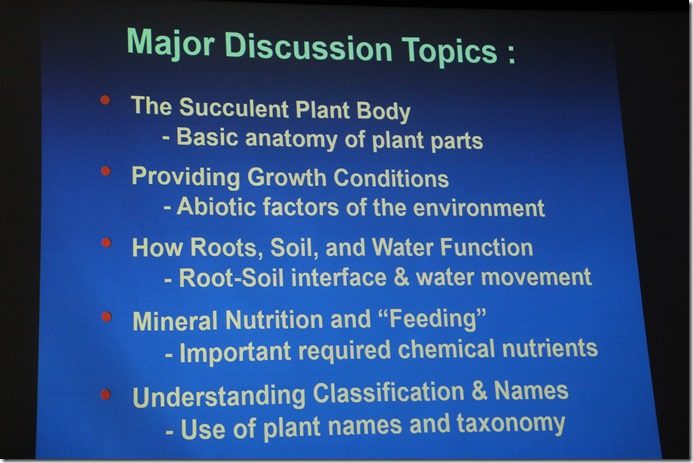
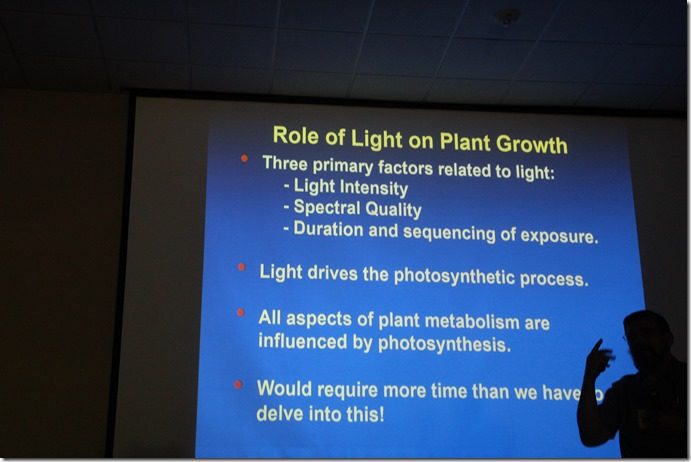
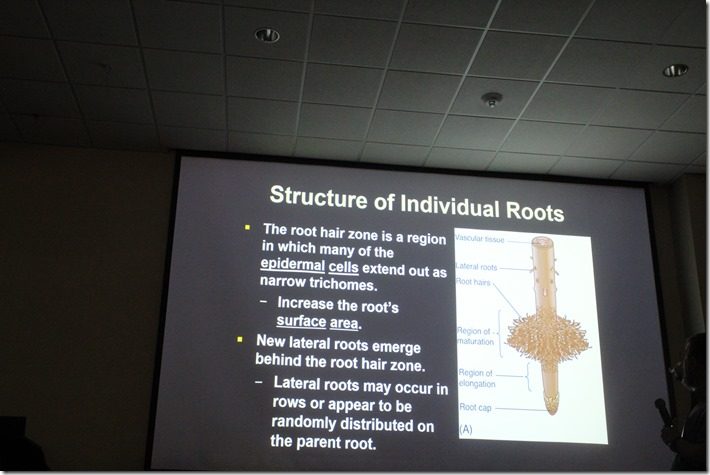
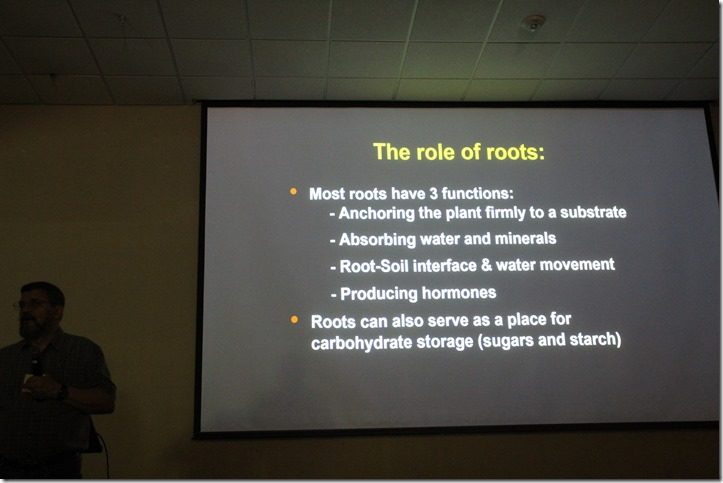
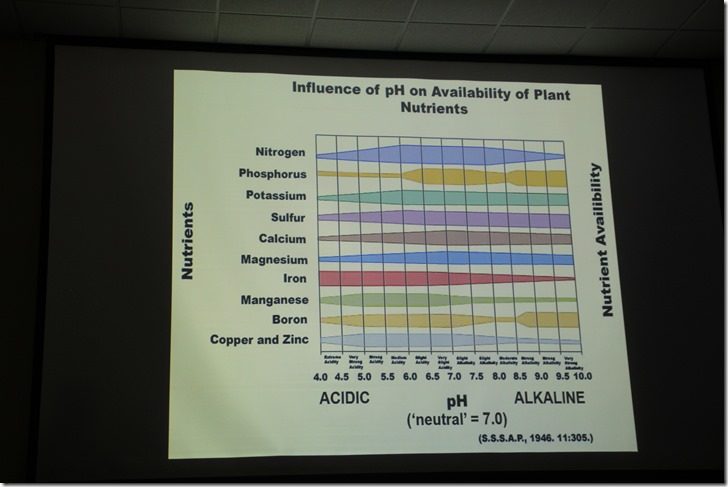
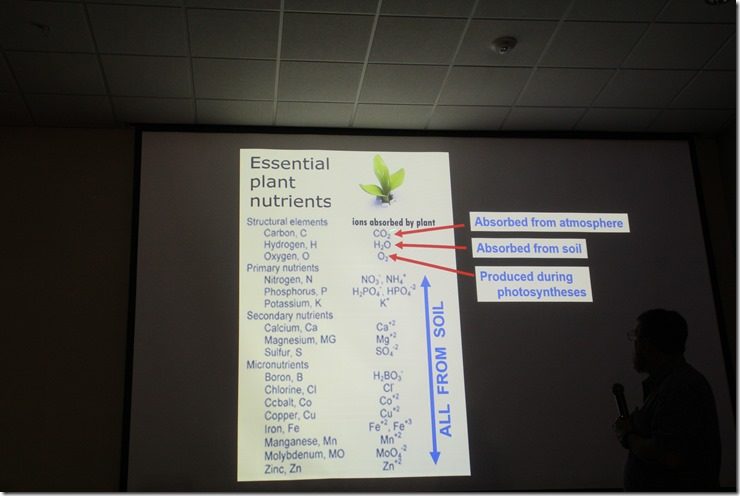
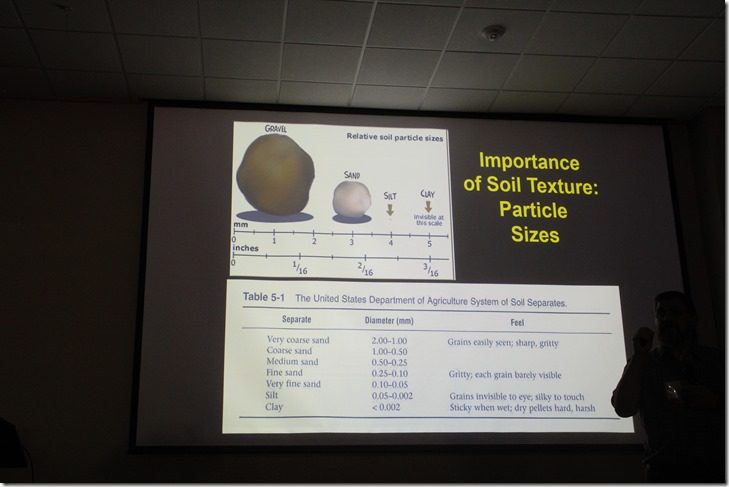
Recent Comments